40 Years of Renault Fuego
There were times when Renault vehicles weren’t only known for scoring full points in the Euro NCAP crash tests or for achieving good sales figures in the field of electric cars. Instead, they were famous for practicality (R4 and R16) or had an exceptional design. The latter category also included, for example, the Renault Fuego, which was presented at the 1980 Geneva Motor Show as the successor to the R15 and R17 and soon rolled off to the dealerships. This was the first time since the Dauphine that Renault used a model name instead of a number. Fuego comes from the Spanish dictionary and means ‘fire’. In contrast to the relatively conservative styling of the Renault 18, which served as the technical basis, the Renault designers around Robert Opron (chief designer), Michel Jardin (exterior) and Francois Lampreia (interior) attached great importance to avant-garde and good aerodynamics for the coupé. Intensive work in the wind tunnel resulted in one of the best cX values at the time of 0.34. While the floorpan and drivetrain came from the R18, a new front axle was developed for the Fuego with some familiar parts from the larger R20 and R30.
A special feature that was otherwise only known from much more expensive vehicles such as the Porsche 928 or the Jensen Interceptor was the glazed rear end for excellent all-round visibility. Underneath is a 338 liter luggage compartment, which can be enlarged to 781 liters by folding down the rear seats. In addition, Renault deliberately dispensed with any chrome to reflect the contemporary taste of the late 70s and early 80s. Below the side windows, a dark grey plastic band runs around the vehicle and emphasises the wedge shape. The brand and model lettering can be found on the plastic band at the rear and the equipment line below the C-pillar. Next to the entry-level variants TL and GTL there were the TS, GTS, TX, GTX and Turbo. Outside the German market, Renault also offered the Turbo D with turbo diesel engine.
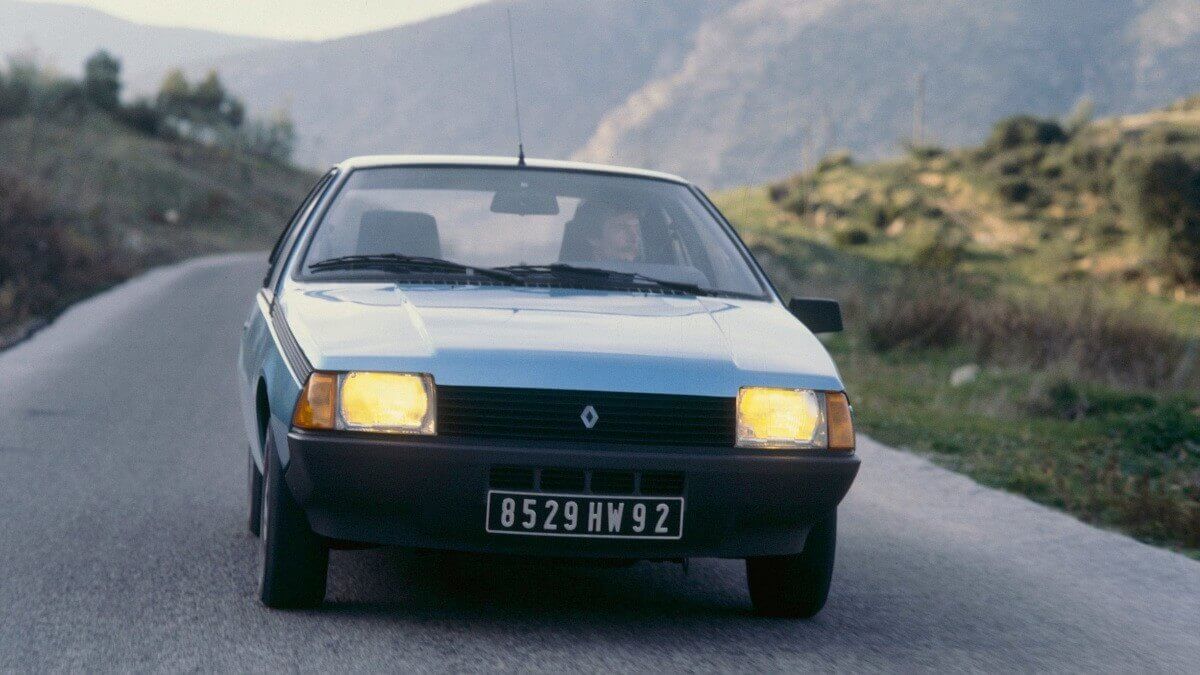



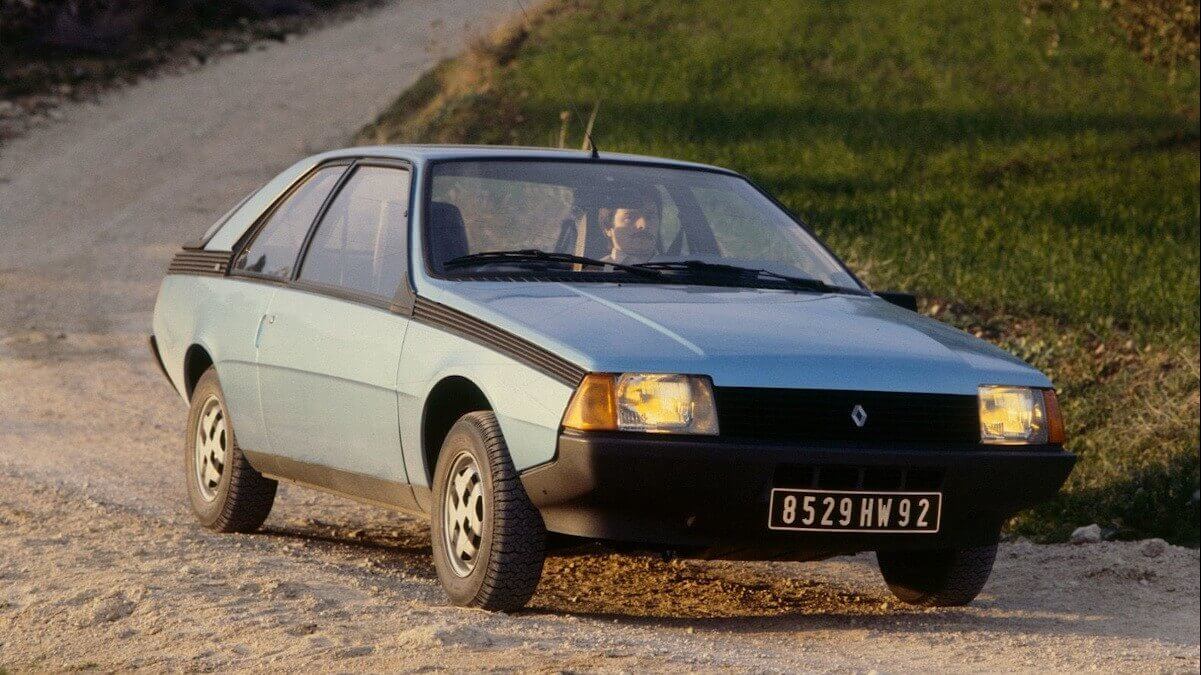



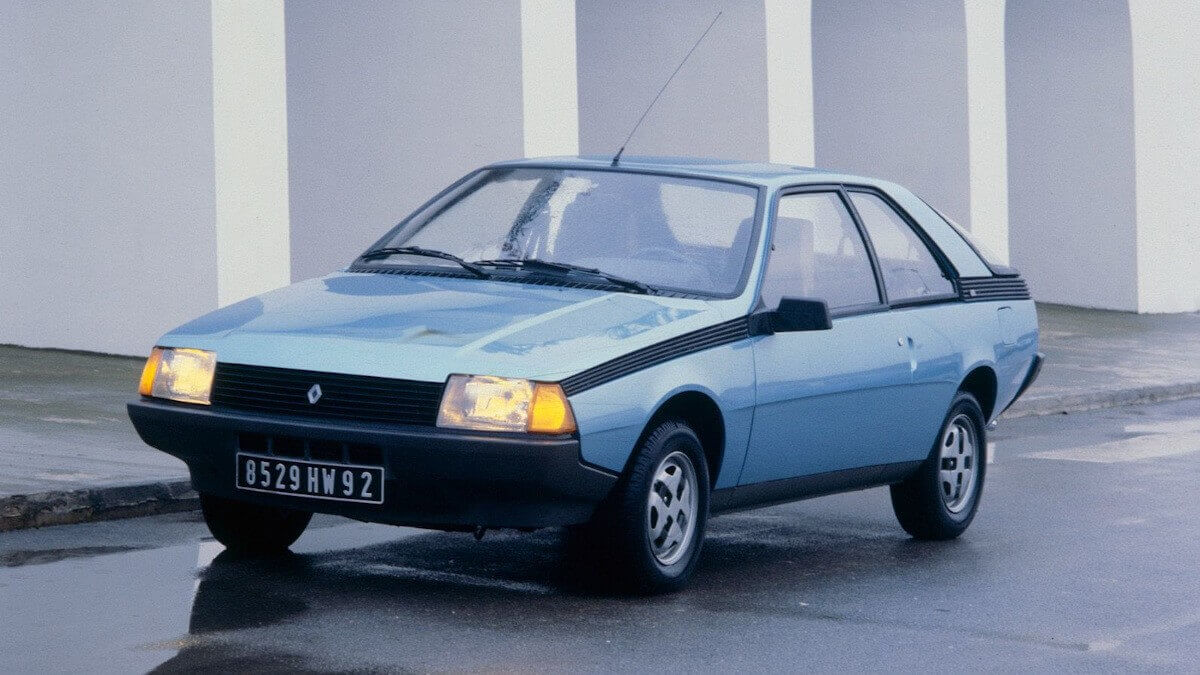



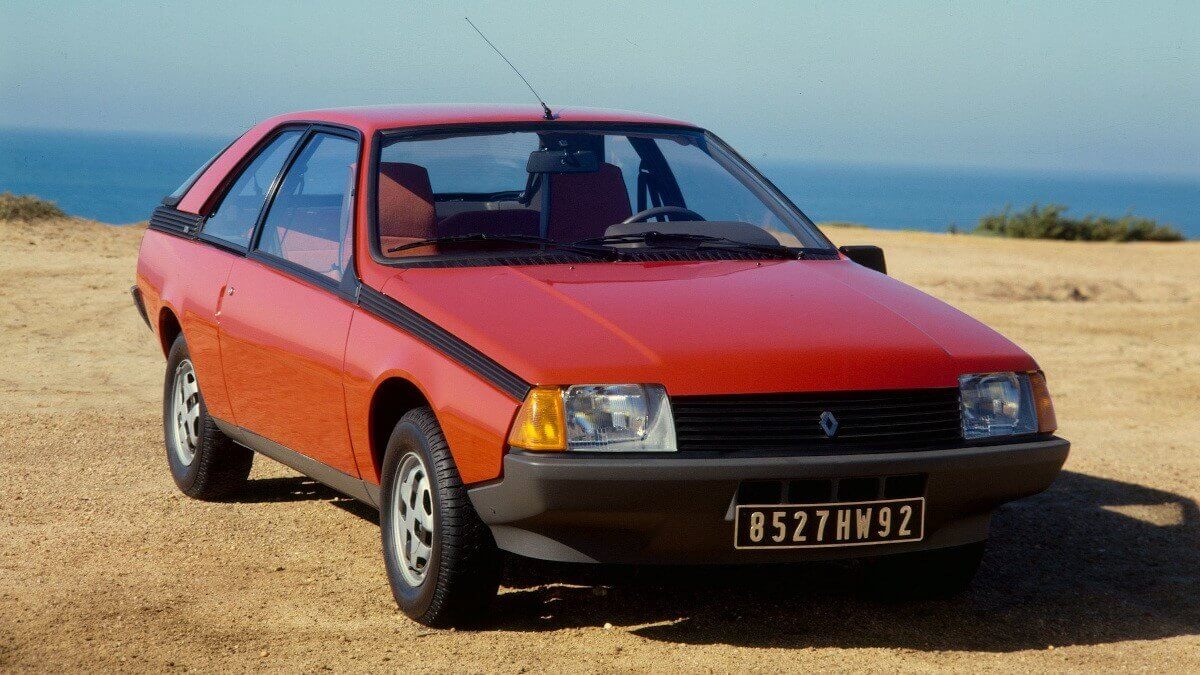



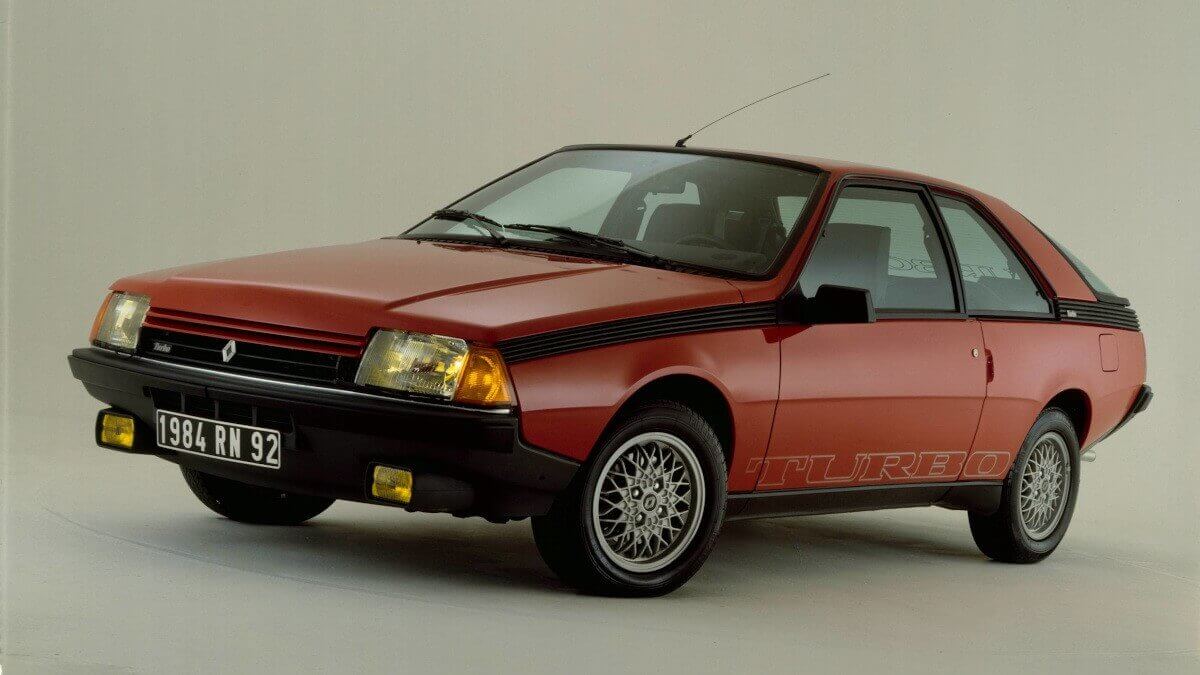



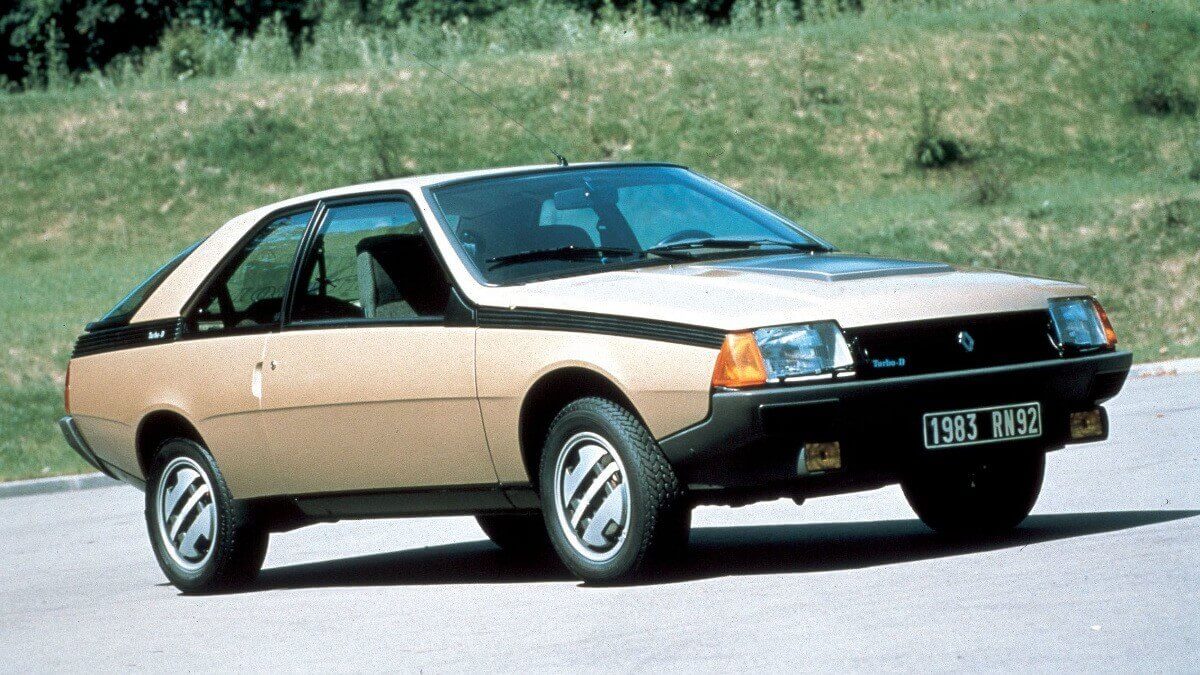



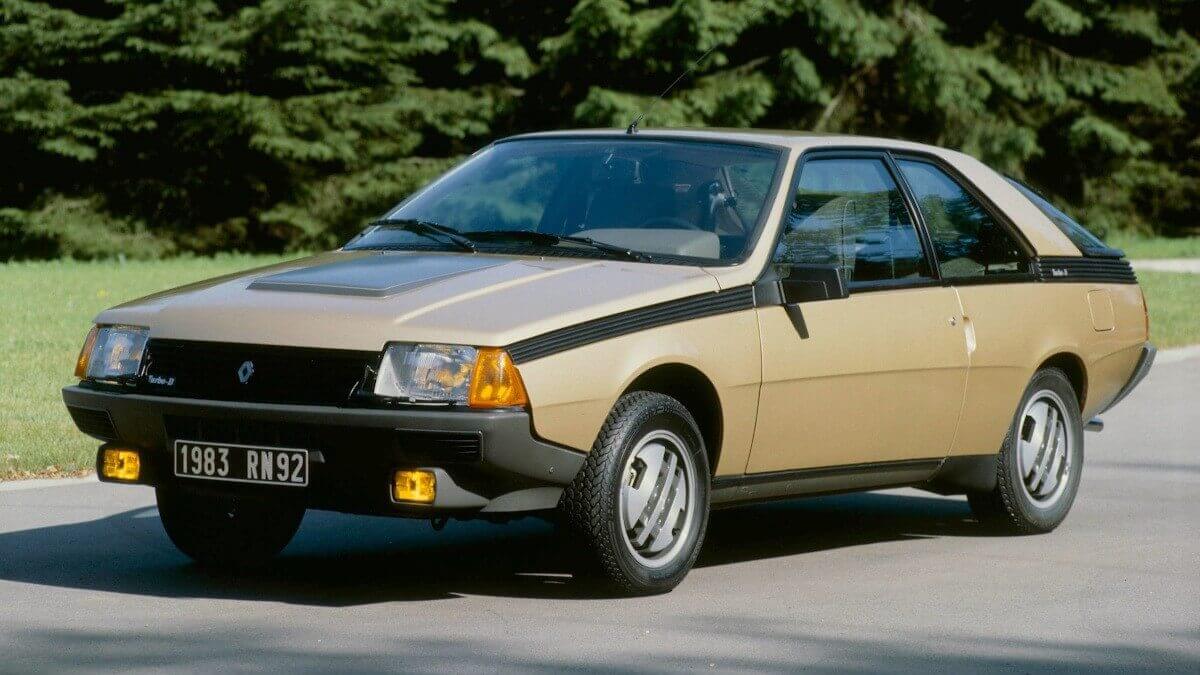



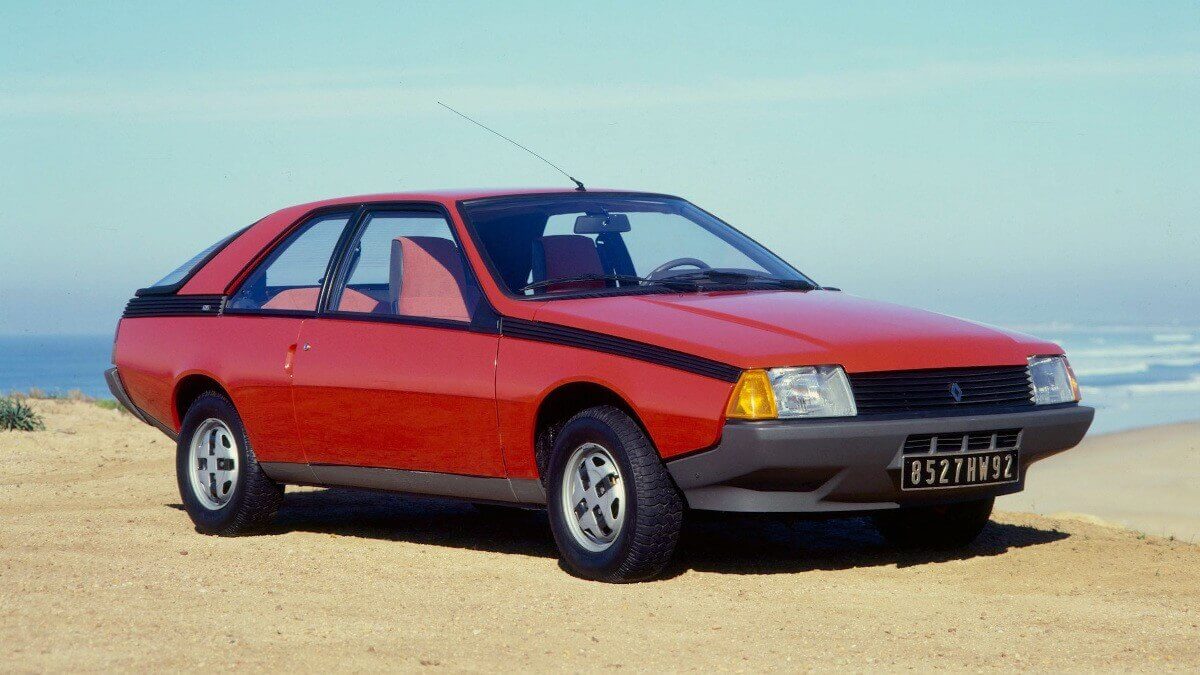



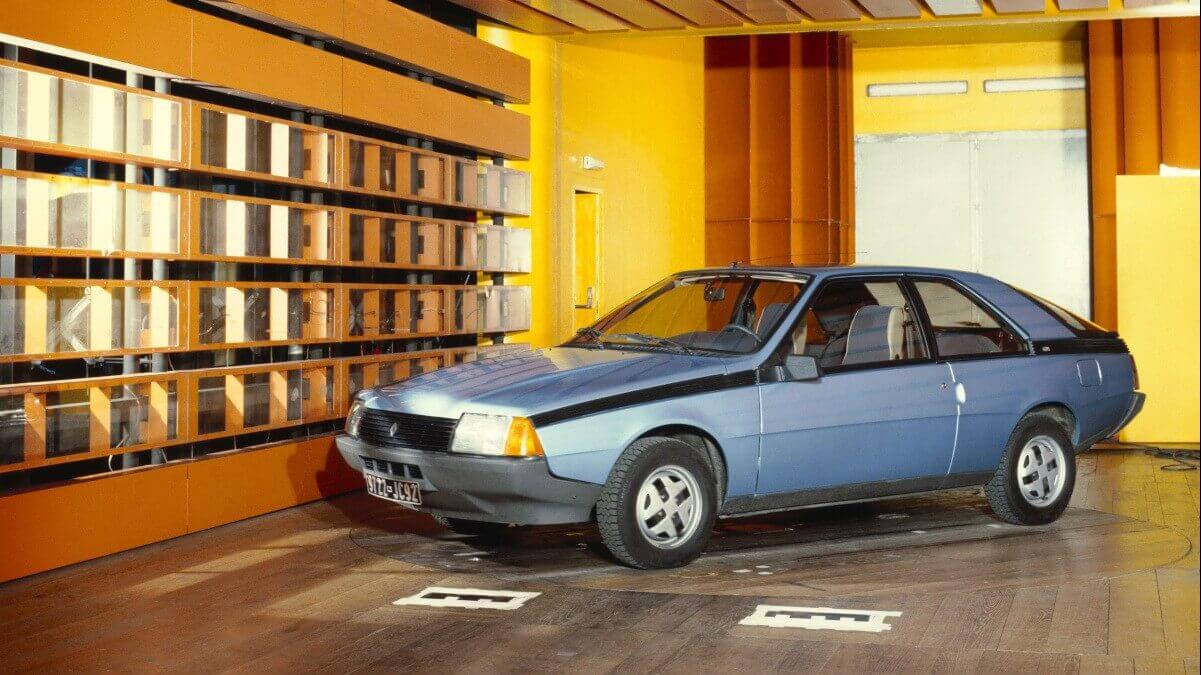



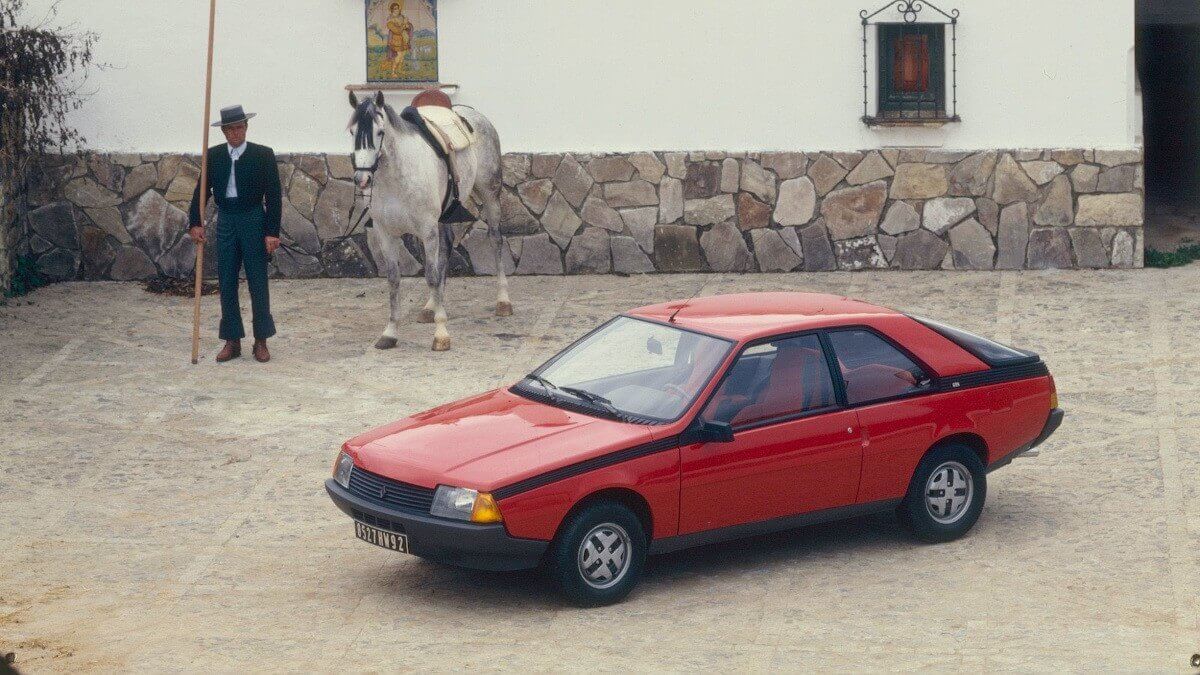



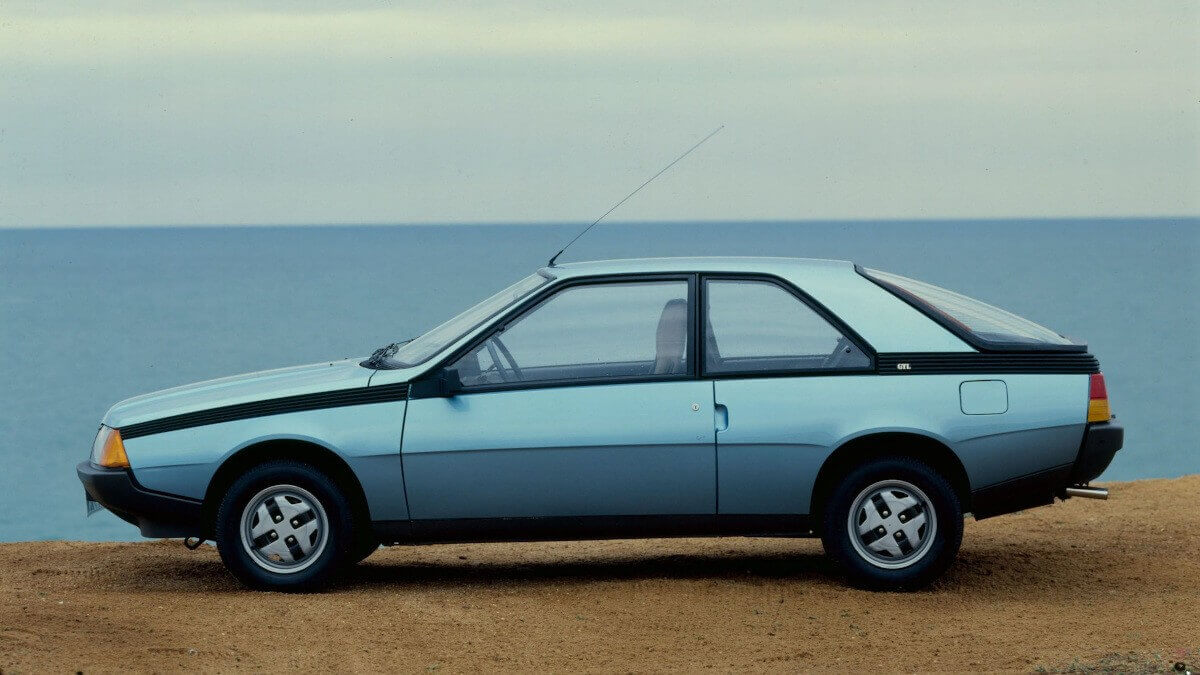



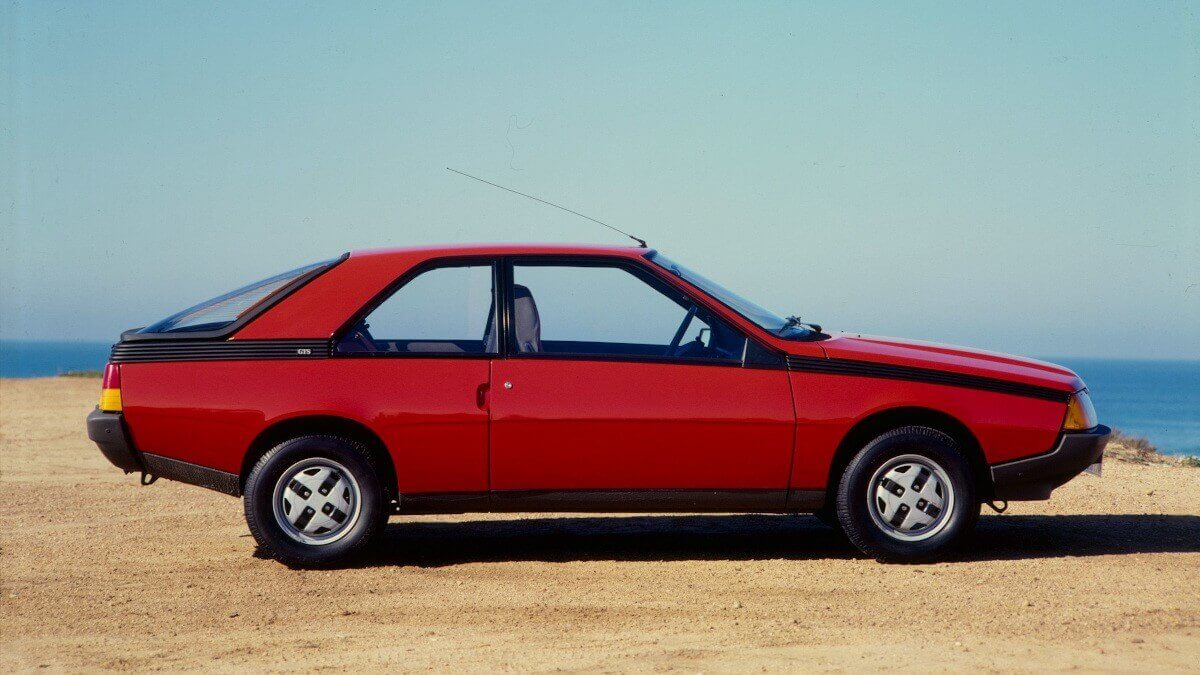



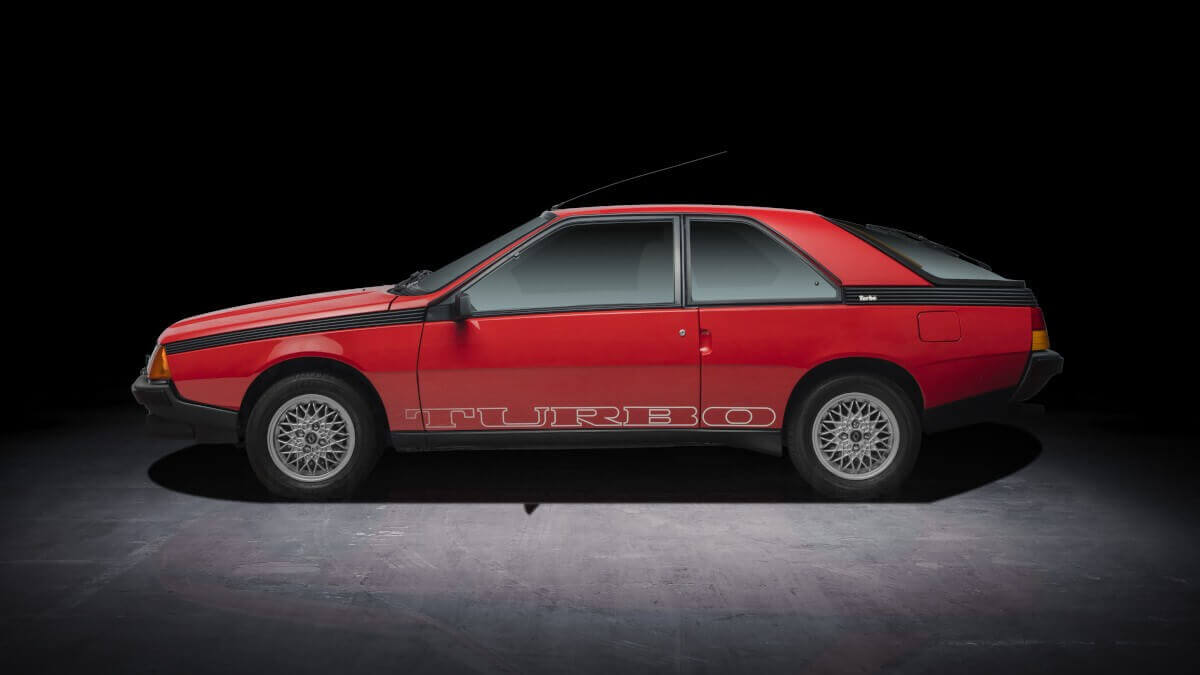



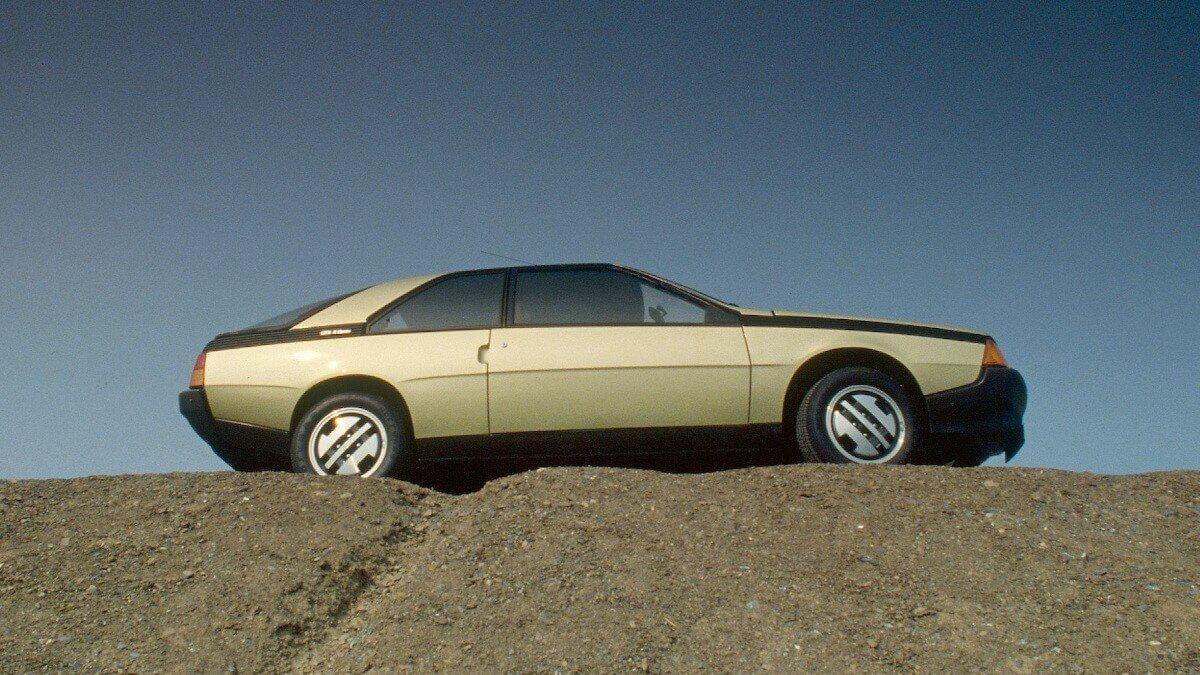



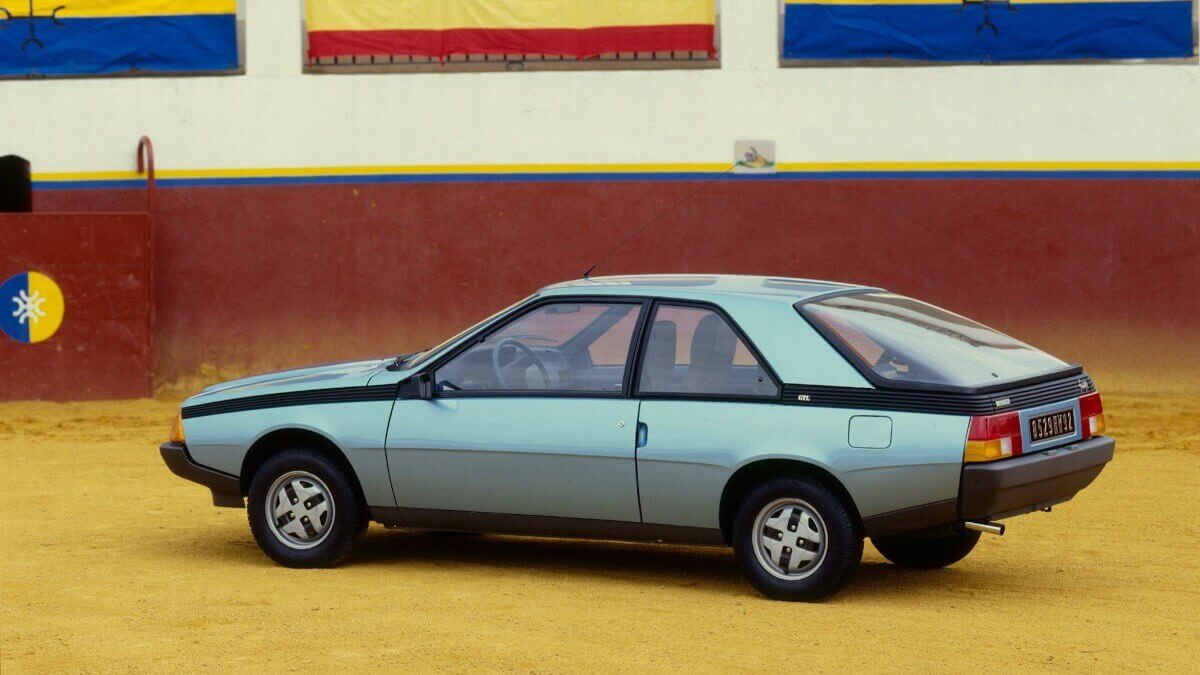



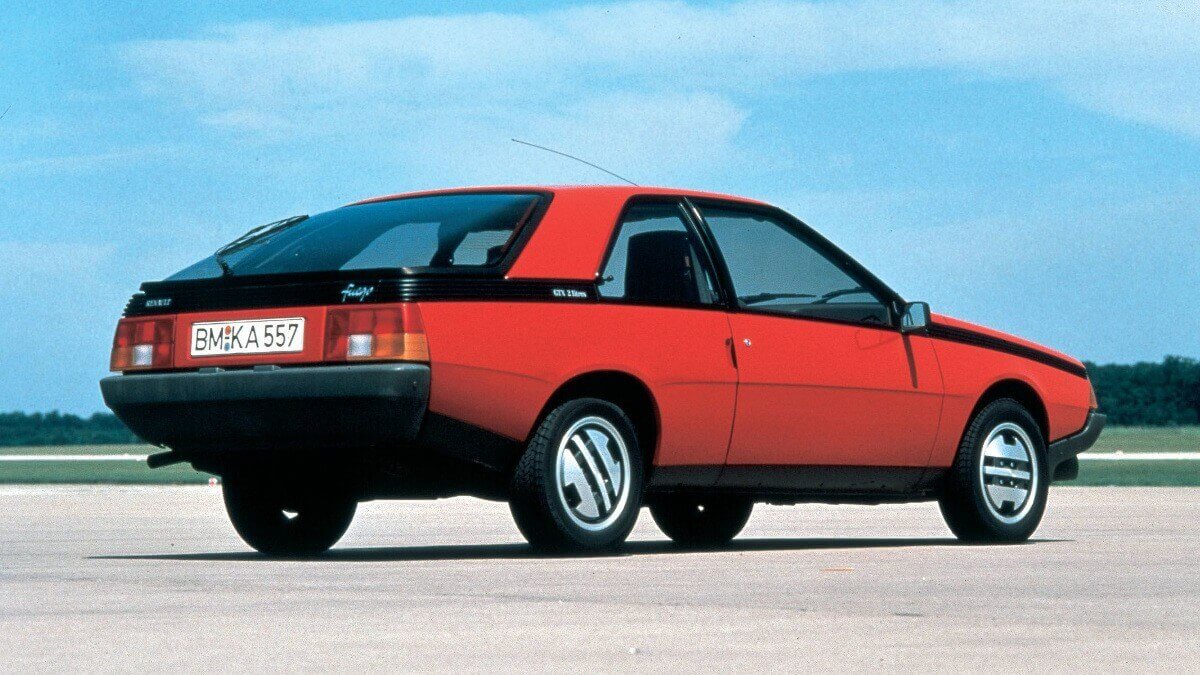



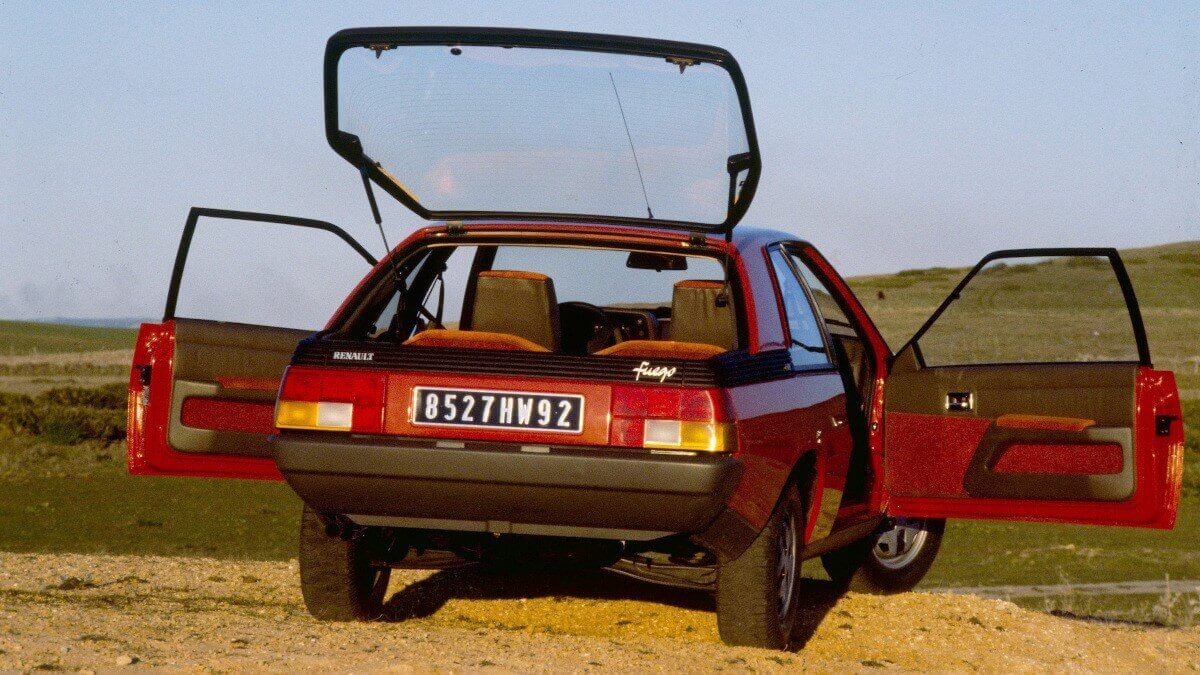



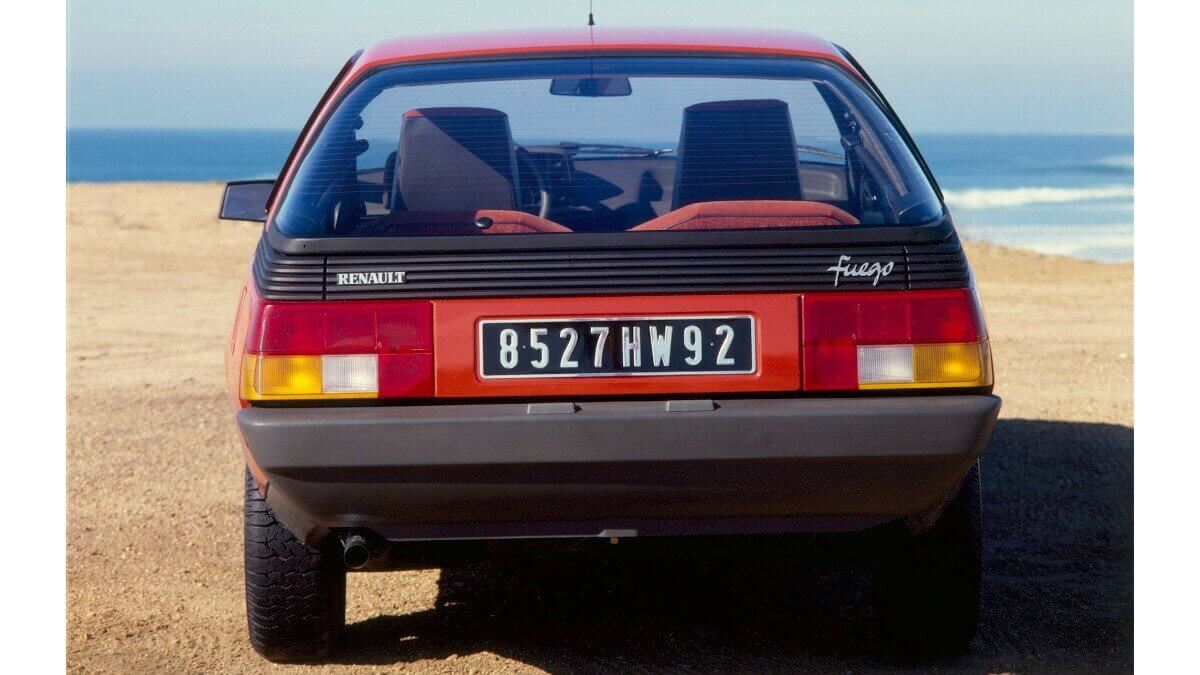



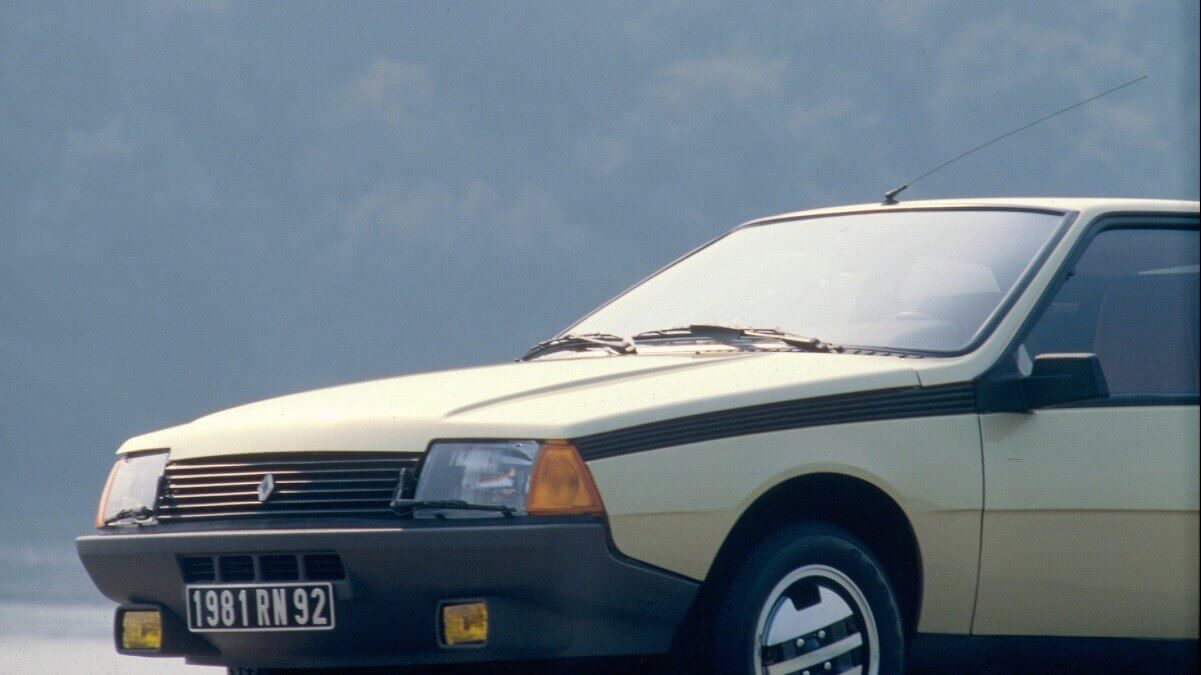



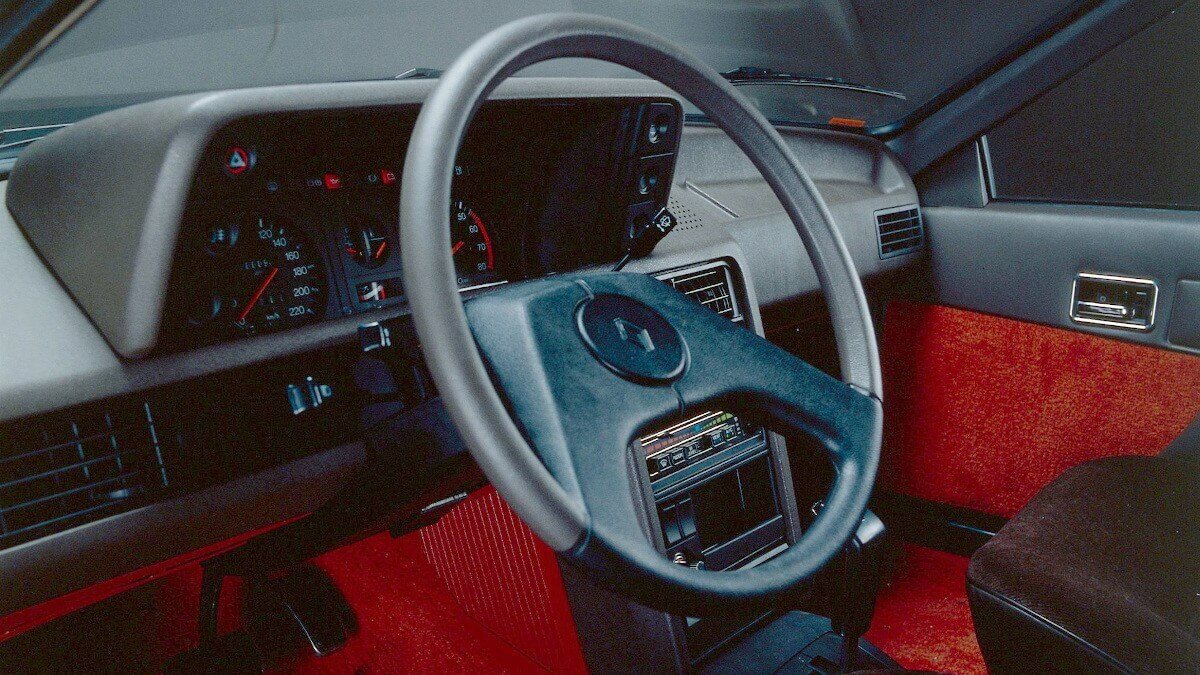



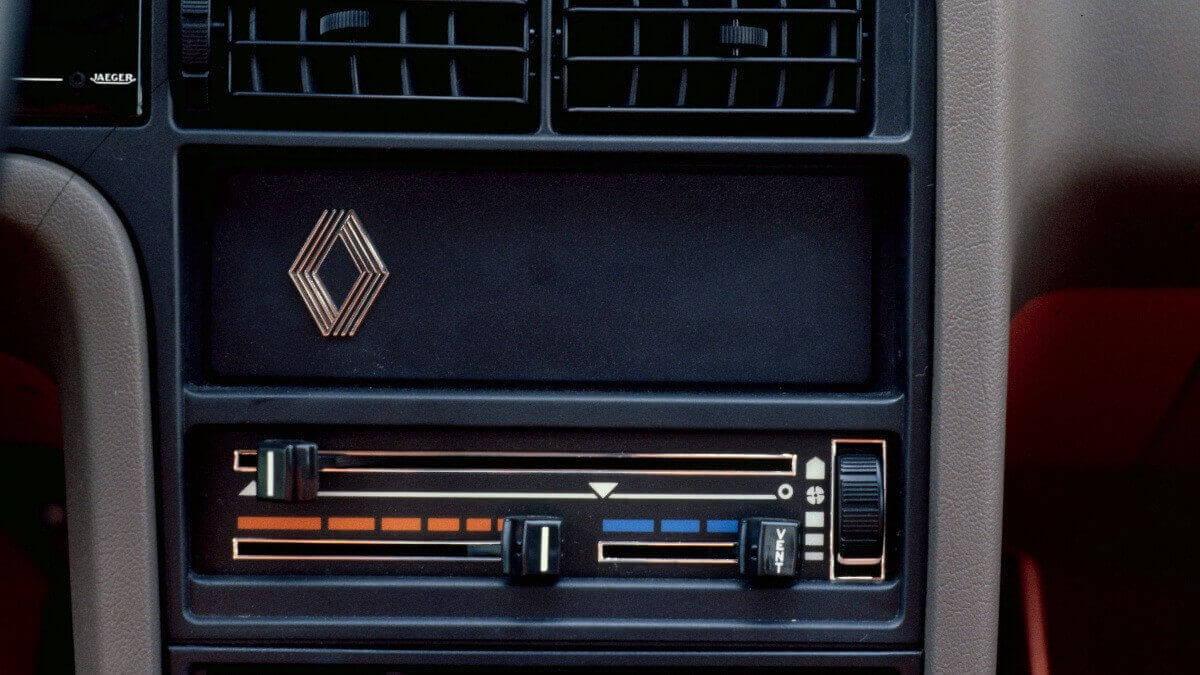



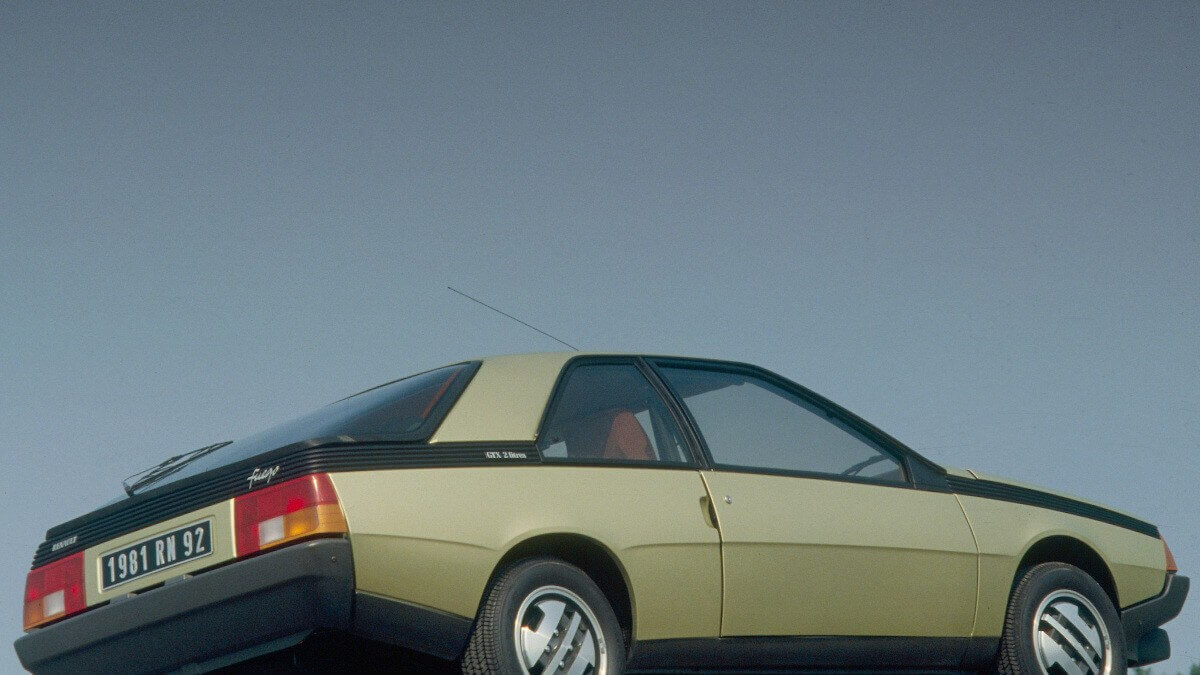



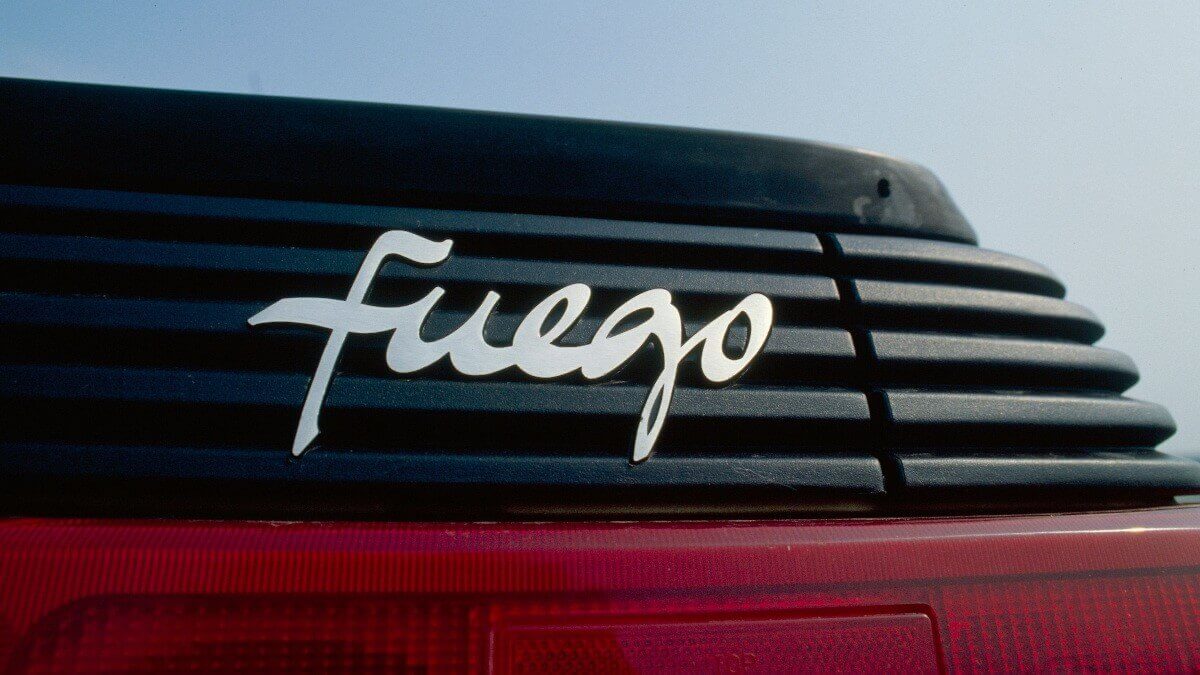



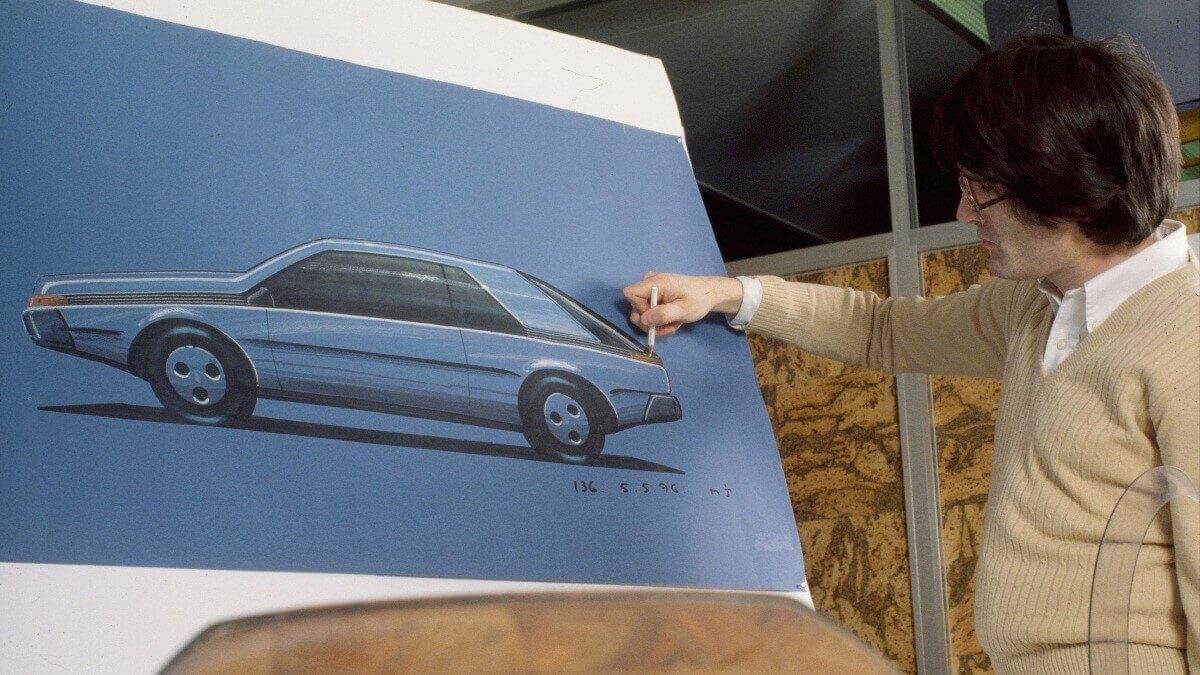



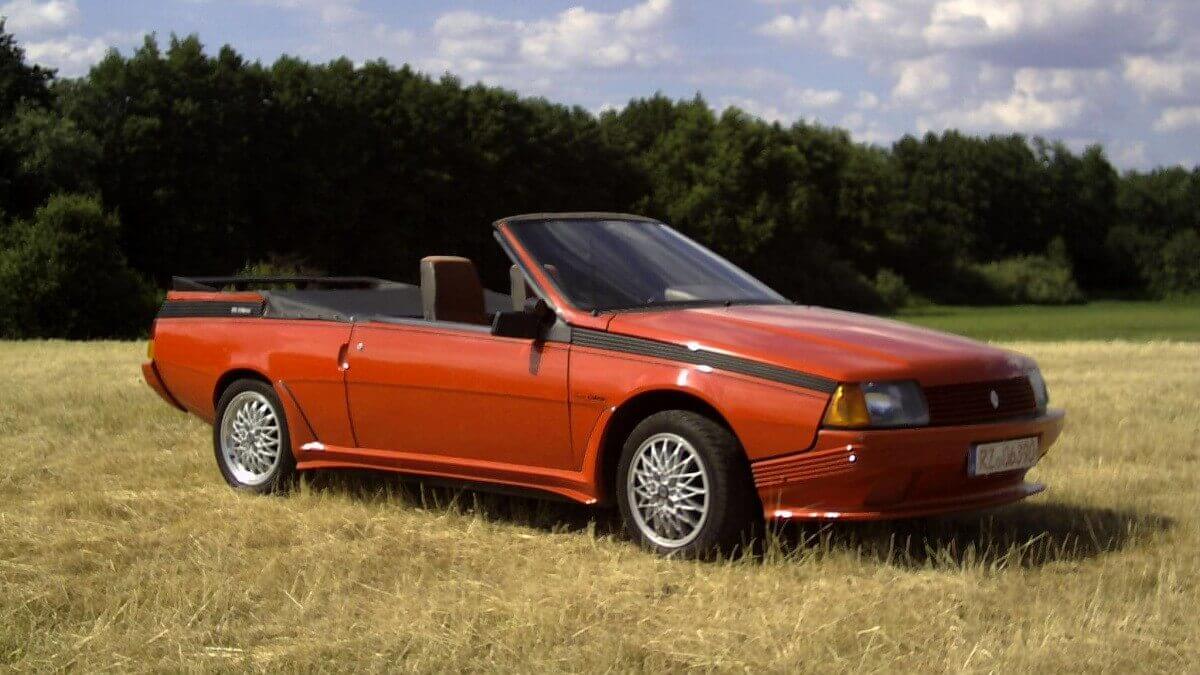



This diesel engine has an output of 65 kW/88 hp, which made the Fuego the world’s fastest series-produced diesel car of the time with a topspeed of 180 kph (110 mph). In the gasoline versions, the range began with 47 kW/64 hp up to 97 kW/132 hp in the Turbo, which was added to the line as the top version in August 1983. For the first time this version was fitted with disc brakes all around, two electric exterior mirrors and an on-board computer as standard. In May 1984, a facelift was carried out which changed the radiator grille. At the same time, a central locking system with remote control on the key could now be ordered as a novelty for the whole car industry. However, the performance data makes it clear that the car was only able to live up to its fiery name to some extent.
While a large Webasto sunroof was the only option ex works to let more air into the cockpit, coachbuilder Heuliez presented a convertible version in 1982. It never got beyond three prototypes, but some independent companies soon offered conversions for the Fuego into convertibles. After 226,583 copies of the coupé, production ended in France. However, the Renault plants in Spain and Argentina also produced the Fuego, with production in South America continuing until the end of 1992. This increased the total number to 265,257 cars. In the USA the Fuego was sold through AMC dealers. While no major sales successes could be celebrated there and therefore a general return of Renault to the American market was ultimately ruled out, the Fuego was at times one of the best-selling coupés in Europe. There sadly was no legitimate successor for the Fuego in the Renault line-up until the Laguna Coupé of 2008.
Author: Matthias Kierse – Secret Classics
Images: Renault




